rae
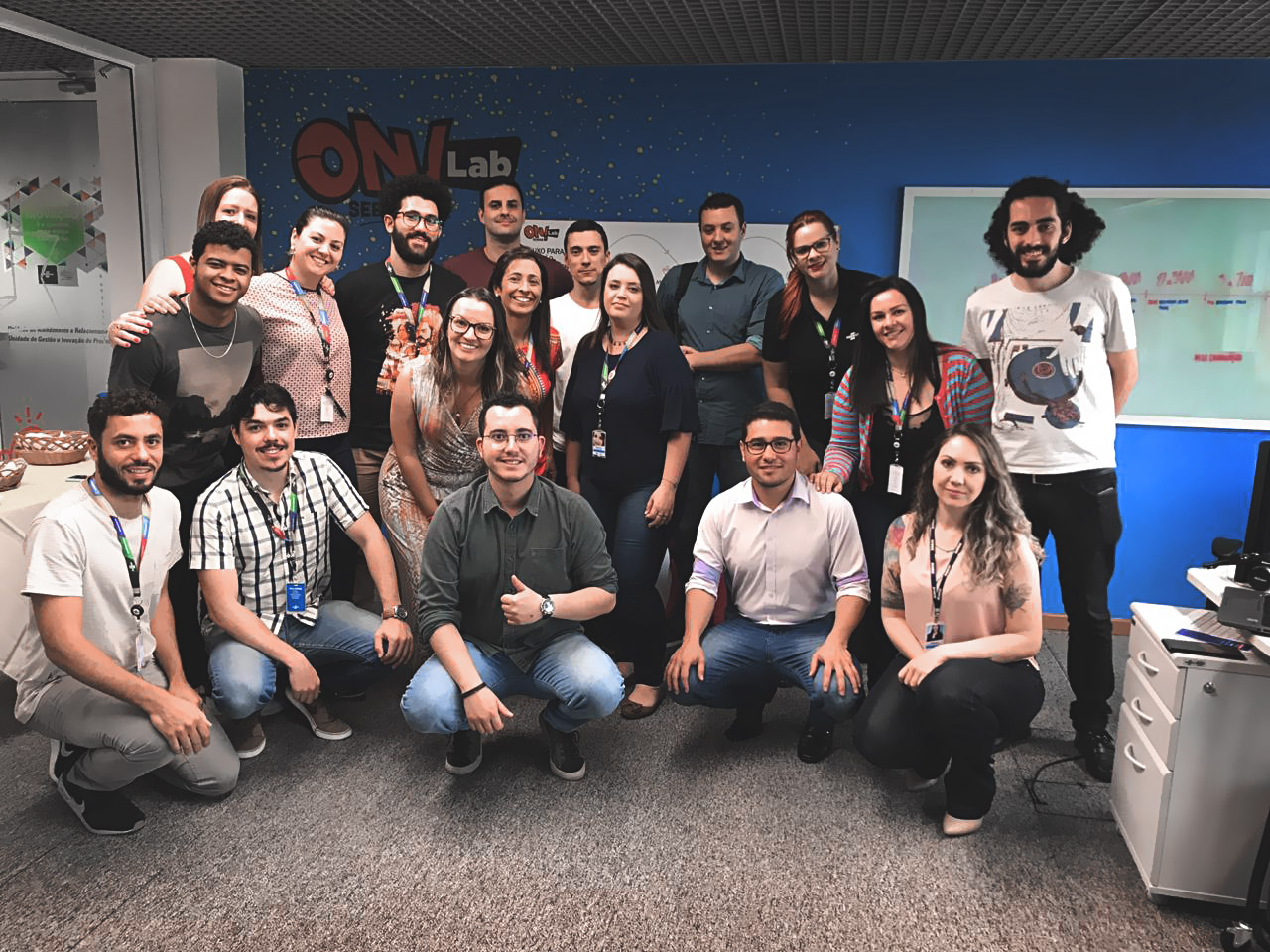
Sebrae

Design thinking and high-fidelity prototyping in a Design Sprint
Jan_2020
Design Thinker
Design Sprint
Overview
SEBRAE’s Innovation Lab is a space located at the headquarters of the company that promotes research, ideations, and workshops for project development. Since its launch, I had the opportunity to participate in some of the Design Sprints that took place in the laboratory, and here I will present contributions and experiences that I had as a participant in one of them.
One of the projects aimed to redesign an internal system of the company to improve its functionality and usability. More important than the tools’ details, was the method we used to solve the problem, from the deep understanding of the challenges of the current tool to the validation of a high-fidelity prototype that went straight to development.
Main Purpose
To provide detailed control of the financial expenses made that have not yet been paid.Problem
Users do not trust the information of the current solution and prefer to create their own spreadsheets, using their own parameters, to manage their finances.Challenge
How can we improve the system's functionality and usability so the tool is more used?Goal
System redesign delivered in a user-validated prototype.The process
A group of people was divided into two teams, and during three days we went through the stages of immersion, ideation, validation, and prototyping.

1. Immersion
After a heuristic analysis of the current tool problems, we created scripts to conduct interviews with three different user profiles:
A - People who have always used the tool.
B - People who have occasionally used the tool.
C - People who have only used their spreadsheets.
With the resultant data, we presented a synthesis and shared the main findings.

2. Ideation
WWith the results of the interviews in hand, we move to the ideation stage, first aligning what the tool actually is, and what it isn't and then presenting ideas of what and how the resources could be presented on the screens.

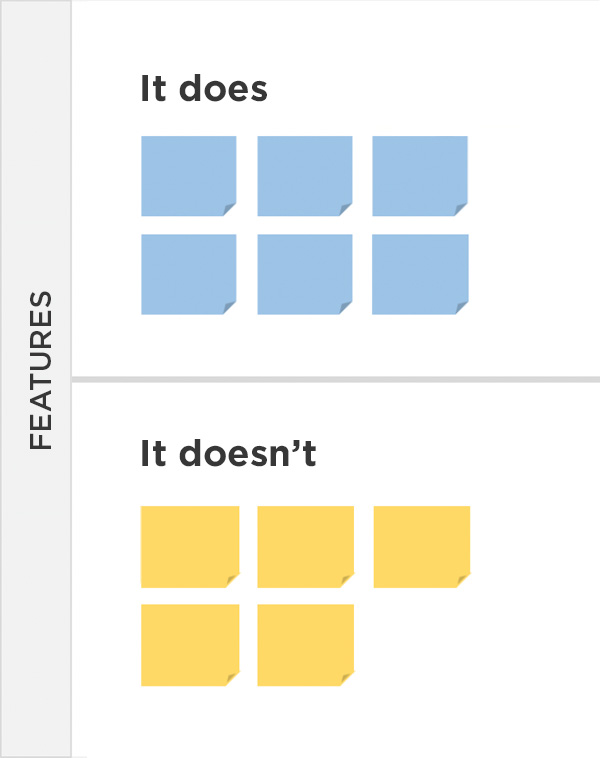
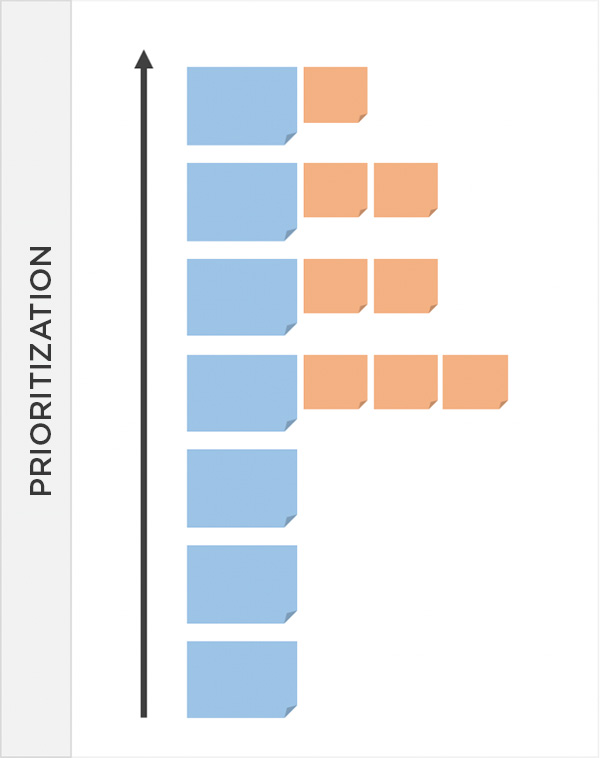
3. Validation
At this stage, we begin to transfer ideas from paper to a navigable prototype. As the designer of my team, I was responsible for developing the prototype.
This prototype was used to carry out usability tests as well as a previous presentation to the managers of this project.
For the usability test, we again invited different people from profiles A, B, and C.
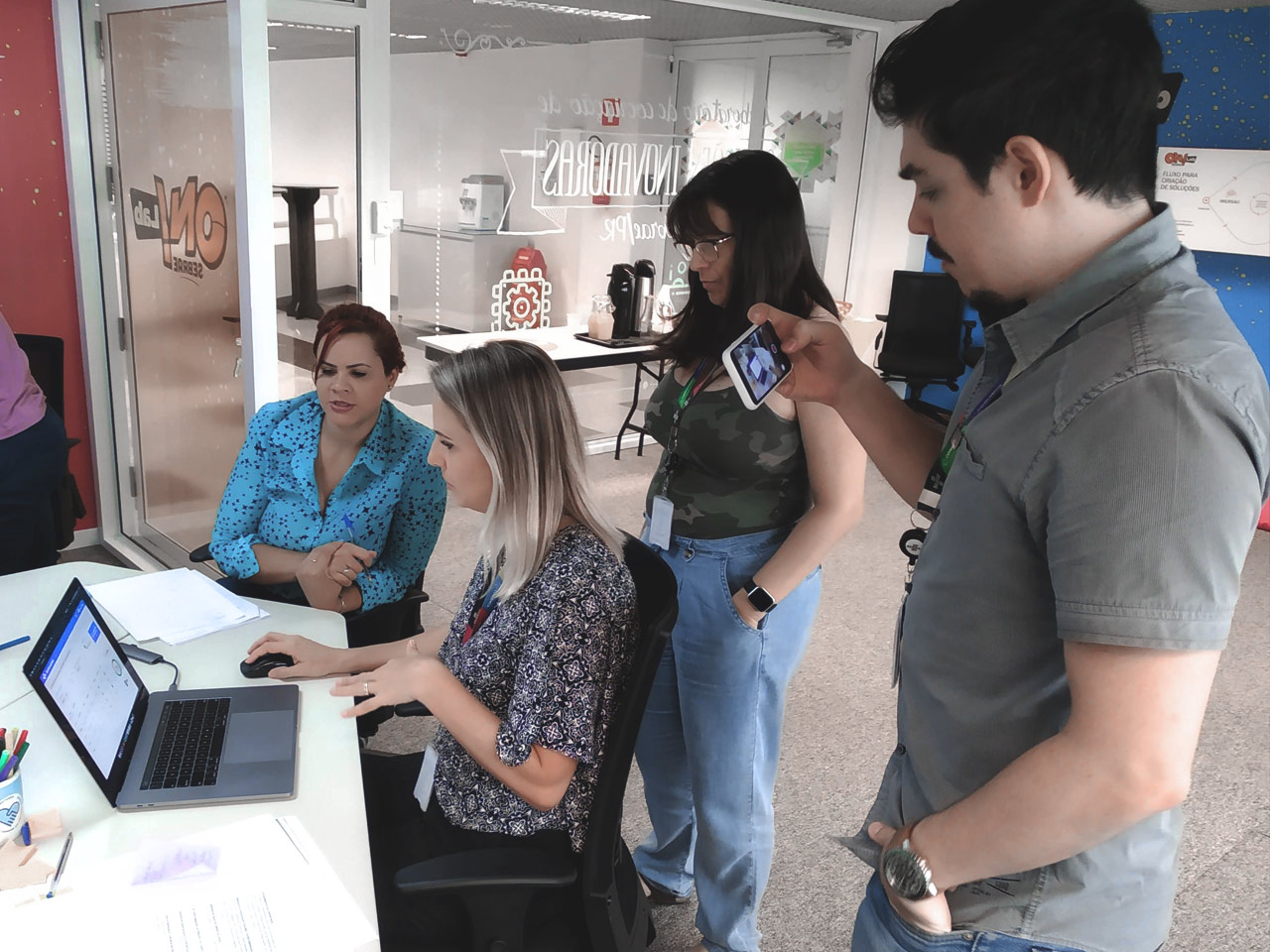
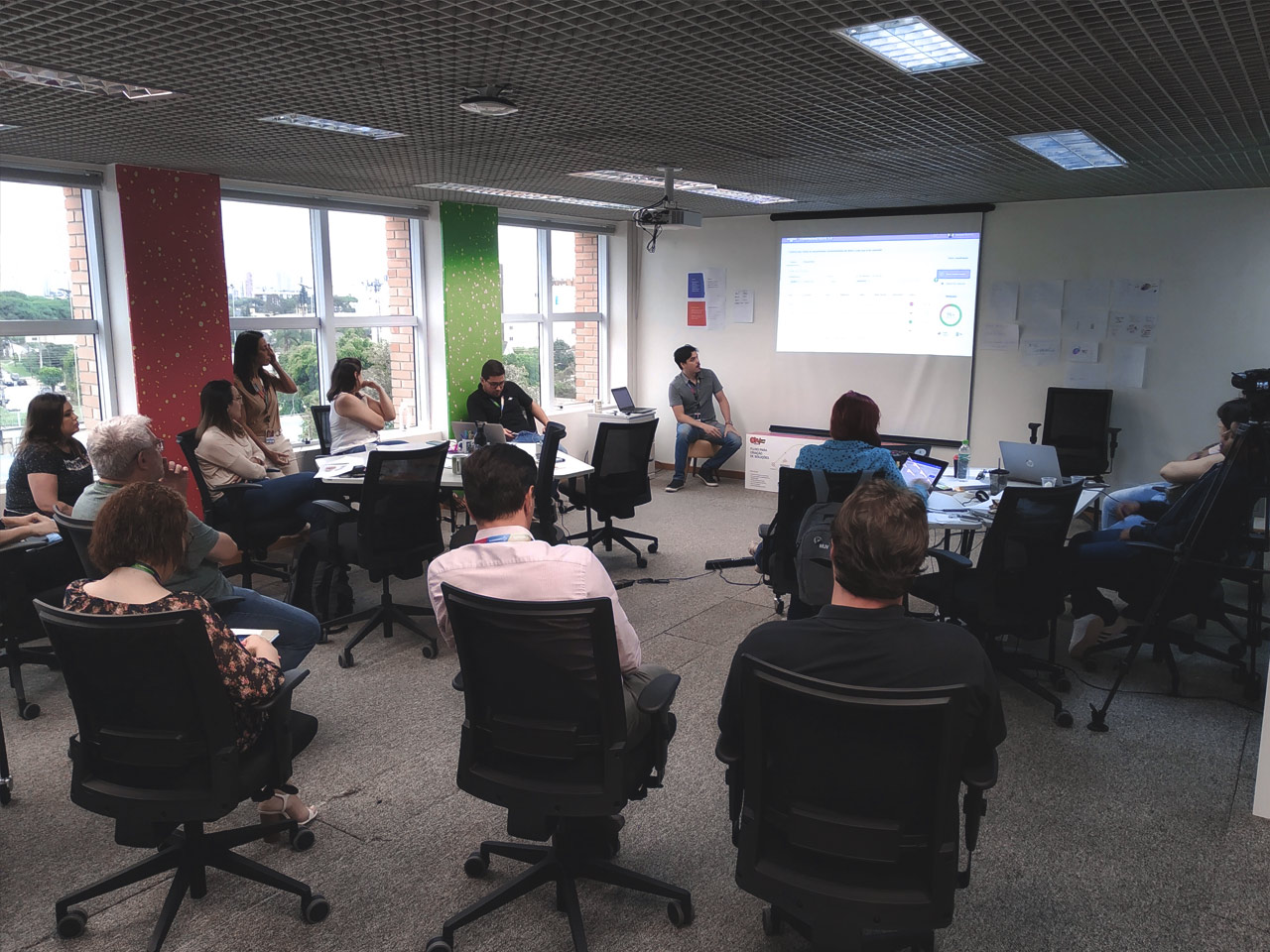
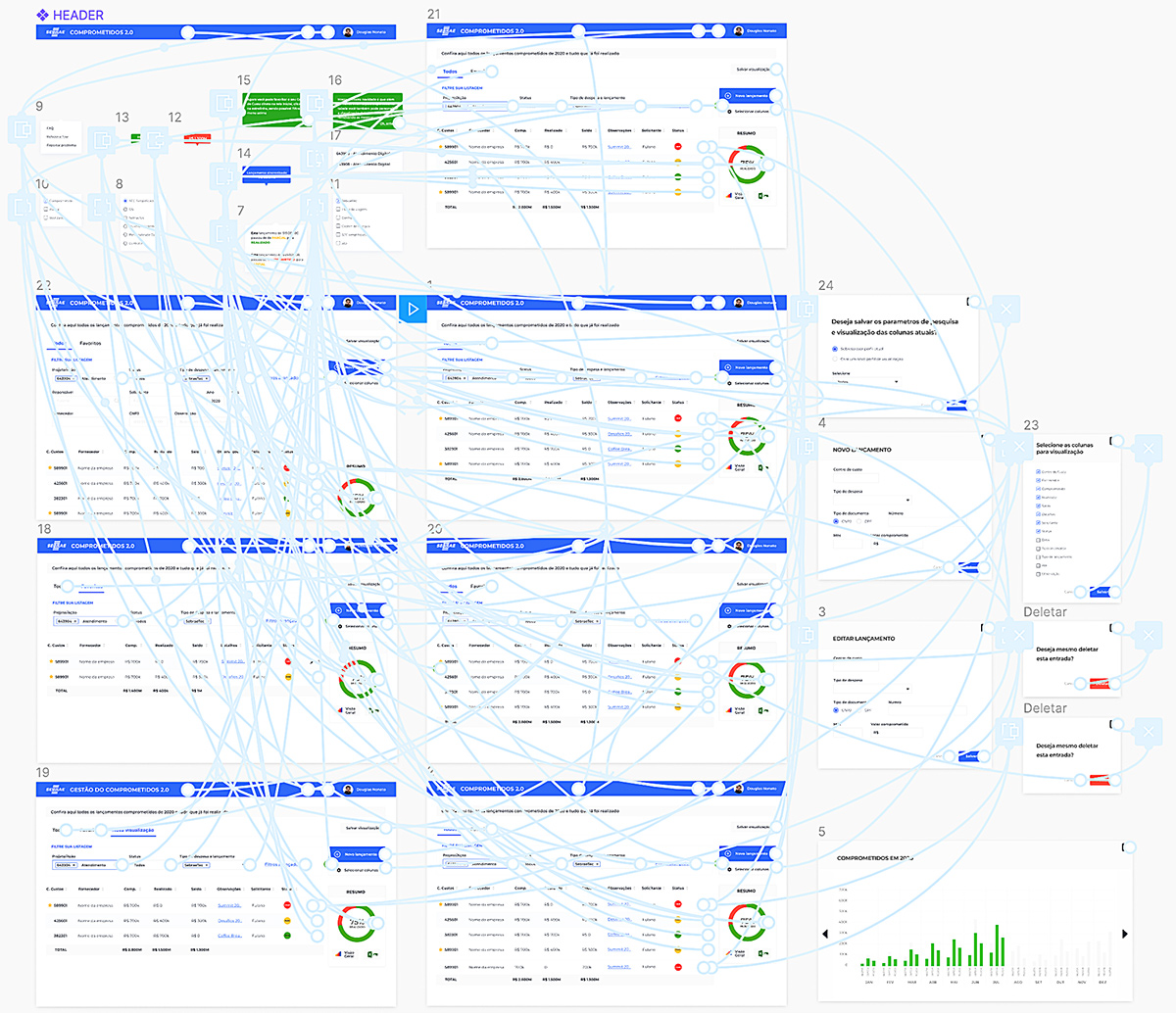



4. Prototyping
Due to the short time typical of a Design Sprint, a high-fidelity prototype is not expected as the final delivery, however, in this case, as it is a system of few screens, I managed to design components with a final look and full navigation.
In total, I had one morning to build the prototype of the validation stage and another morning to combine the best features of both teams in my prototype.
After the sprint design, this prototype was sent directly for development.
Outcome

 Sebrae - Portal and E-commerce
Sebrae - Portal and E-commerce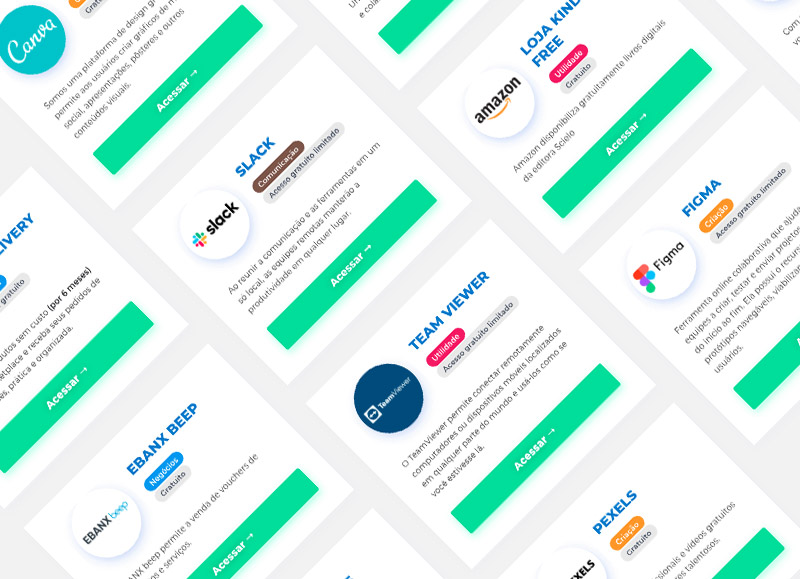 Sebrae - Covid-19 Toolbox
Sebrae - Covid-19 Toolbox